Published: 02:42 Thursday - January 17, 2013
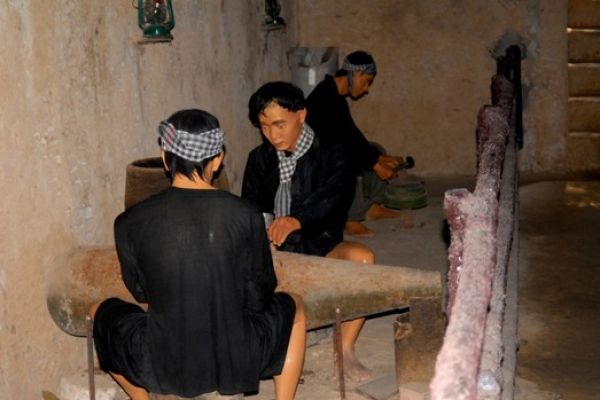
At first sight, there is little in the lush forests and rivers of Cu Chi to indicate the sheer ferocity of the fighting that took place here. It is only when you notice that all the vegetation is relatively fresh that you get an idea of the scope of destruction that was wrought here. The reality is that, despite the scenic panorama presented by Cu Chi today, this area was little more than a pock marked moonscape for the duration of the American War.
The Viet Cong used tunnels throughout Southern Vietnam. However, it was at Cu Chi, with its underground network pointed directly at the heart of American held Saigon, just 45 miles away, that the tunnel complexes assumed such critical importance. In all, the guerrilla fighters of Cu Chi dug around 200km of tunnels, their immense network stretching from Cu Chi to Saigon, Cambodia and, embarrassingly, directly beneath the huge nearby base of the American 25th Infantry Division. With the Americans unable to dislodge the guerrillas, the Viet Cong were able to maintain a strong military presence directly – and literally – under the noses of the full might of the American war machine for the entire period of the war.

 There were two major infantry operations launched against the tunnels of Cu Chi, Operations Crimp and Cedar Falls. The first, Operation Crimp, involved the dropping of innumerable tonnes of ordnance on the forests of Cu Chi, followed by the deployment of eight thousand ground troops who were to comb the resulting devastation for signs of Viet Cong activity. The second operation, Cedar Falls, the largest US ground operation of the entire war was to follow a similar pattern, unleashing thirty thousand US and ARVN, (Southern Vietnamese) troops against the guerrilla stronghold of Cu Chi. Neither was to do little more than dent the tunnel network.
There were two major infantry operations launched against the tunnels of Cu Chi, Operations Crimp and Cedar Falls. The first, Operation Crimp, involved the dropping of innumerable tonnes of ordnance on the forests of Cu Chi, followed by the deployment of eight thousand ground troops who were to comb the resulting devastation for signs of Viet Cong activity. The second operation, Cedar Falls, the largest US ground operation of the entire war was to follow a similar pattern, unleashing thirty thousand US and ARVN, (Southern Vietnamese) troops against the guerrilla stronghold of Cu Chi. Neither was to do little more than dent the tunnel network.
Underneath the U.S. infantrymen’s feet, whole cities emerged. With dormitories, conference rooms, kitchens and even hospitals being hewn out of the hard, concrete like, clay of Cu Chi. They even had theatres. On Christmas Day 1966, as Bob Hope entertained the American troops at the nearby base in Cu Chi town, similar entertainers, such as Pham Sang, were doing the same for the Viet Cong guerrillas underground.

The tunnels today, present a very different proposition. Widened, hardened and lit, a small number have been reopened to allow access to the visiting public. Still, even the shortest amount of time underground is enough to give visitors a strong impression of how life must have been for the guerrillas. Though the tunnels themselves have been expanded to allow for larger western frames, conditions are still cramped, with the slightest movement impossible without sweating. Above ground, guides walk visitors around the many sniper holes that were utilized during the conflict, as well as the numerous traditional and other traps that were put to effective use during the war.
Cu Chi even has its own firing range, where visitors can get a first hand taste of some of the weapons used during the conflict there.However, despite such amenities, life for the guerrillas was hard. Living in almost total darkness - in impossibly cramped conditions - sometimes on as little as a ball of dry rice a day, survival underground was a battle in itself. Further to the inevitable battle wounds, Cu Chi’s hospitals found themselves treating any number of illnesses. Malaria was rampant. Other diseases flourished in the dark, sewer like, holes. Dysentery, fungal skin infections and intestinal parasites were all part of the war fought at Cu Chi.
In all, Cu Chi stands as an enduring testament to one of the hardest fought battles of modern history. While the incredible privations of war underground can now only be imagined, the tunnel complex remains a fitting monument to those that lived through them. For visitors, the Cu Chi tunnels provide a unique insight into, not just that life, but the full ferocity of the American War and the scale of determination required to survive it
Source:Saigontimes
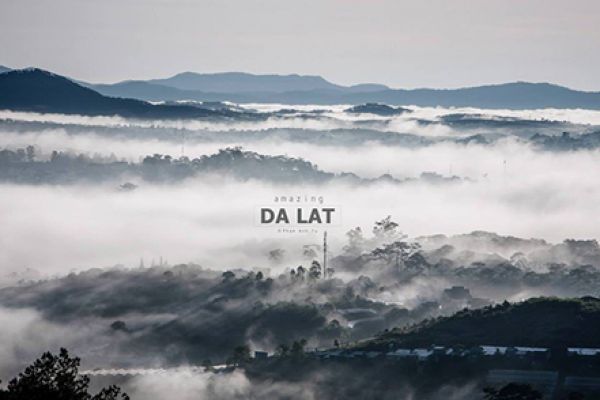
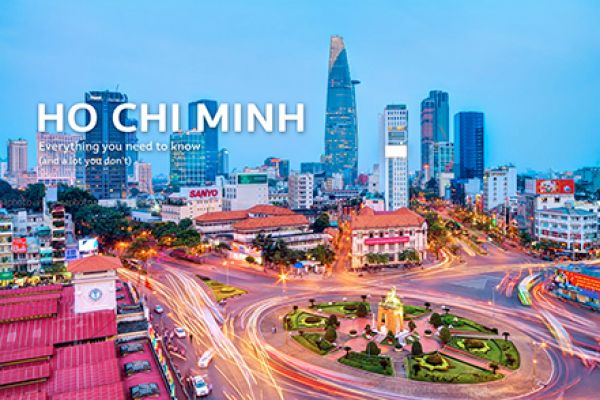

.jpg)
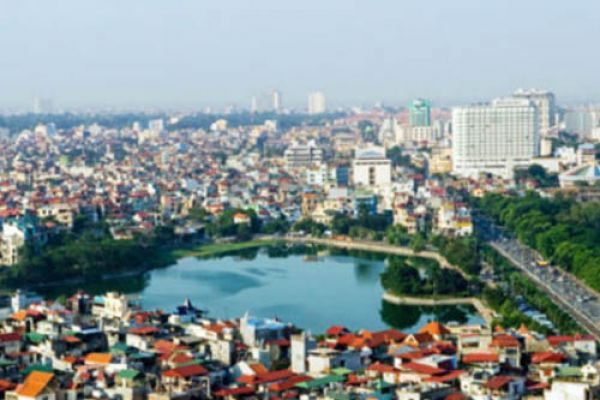
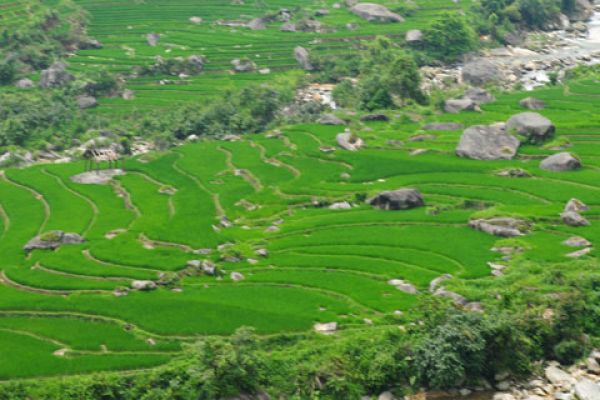
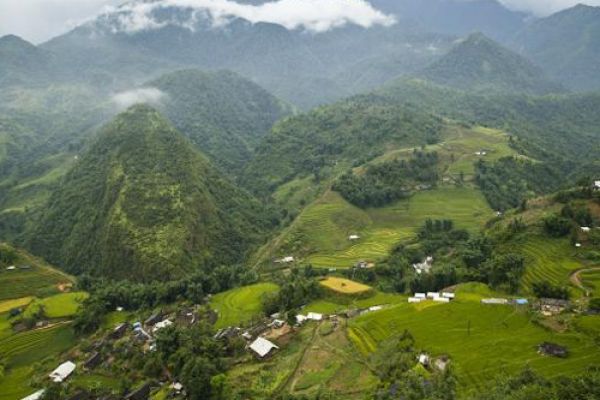

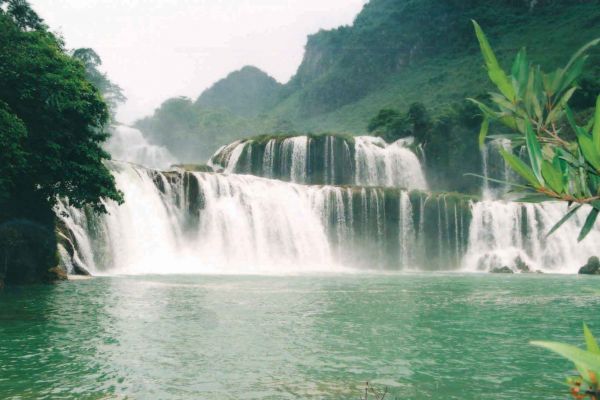
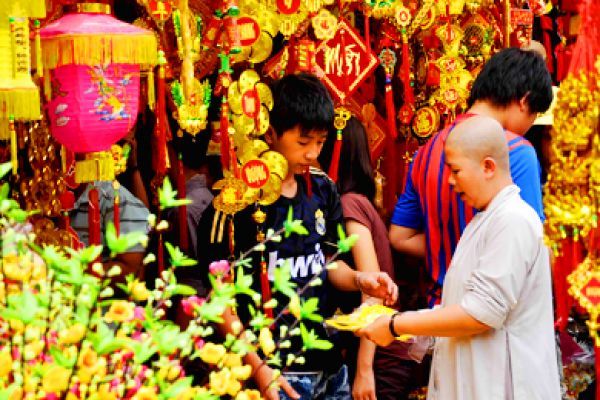
(84-63) 3 826042 – (84-63) 3 511142
No 54 Nguyen Dinh Chieu, Ham Tien Central Mui Ne Beach Binh Thuan Vietnam
523 To Hien Thanh District 10 Ho Chi Minh City Vietnam
Ha Long Halong City Quang Ninh Vietnam
A13 Hung Thong 2 Halong City Quang Ninh Vietnam




